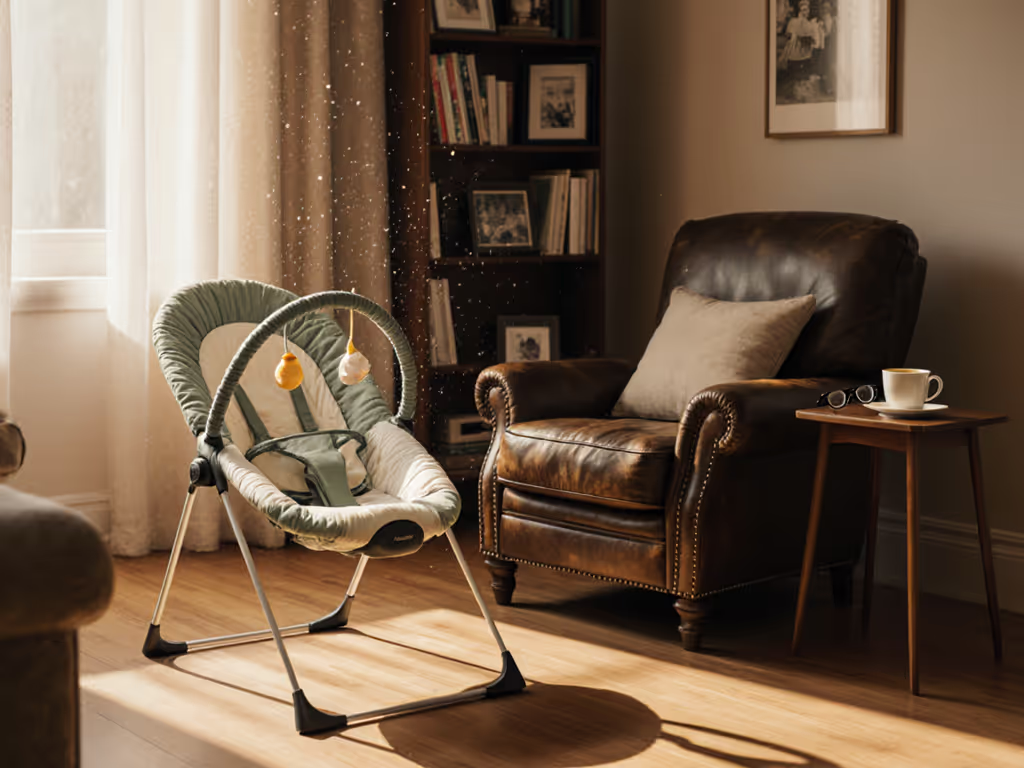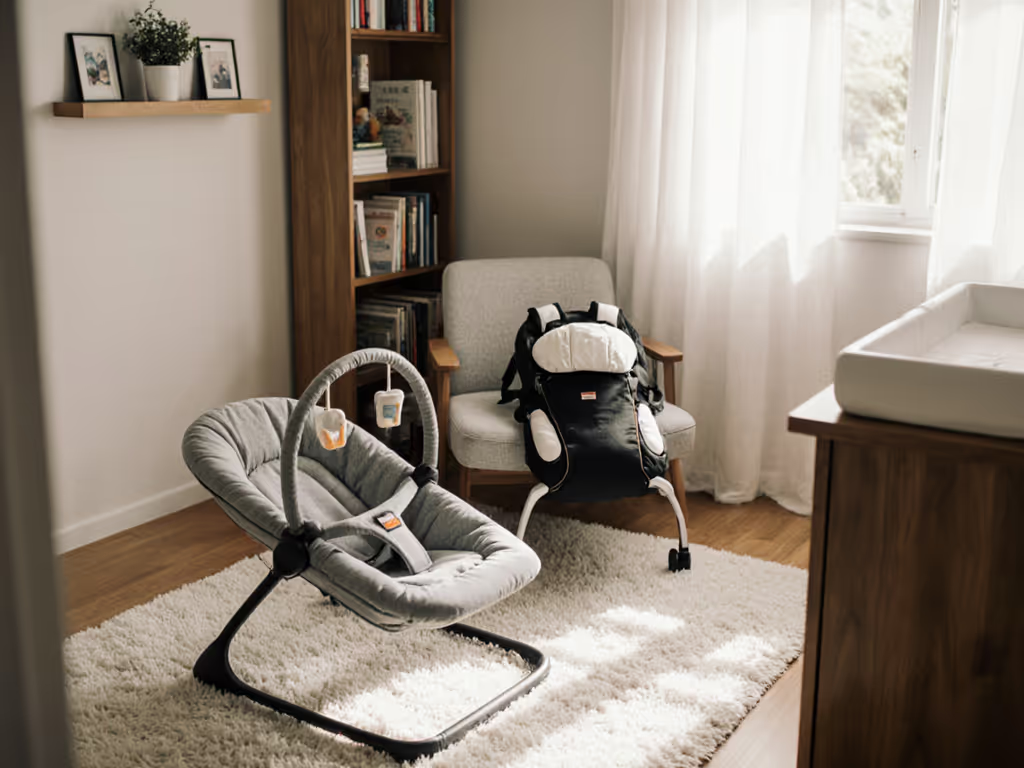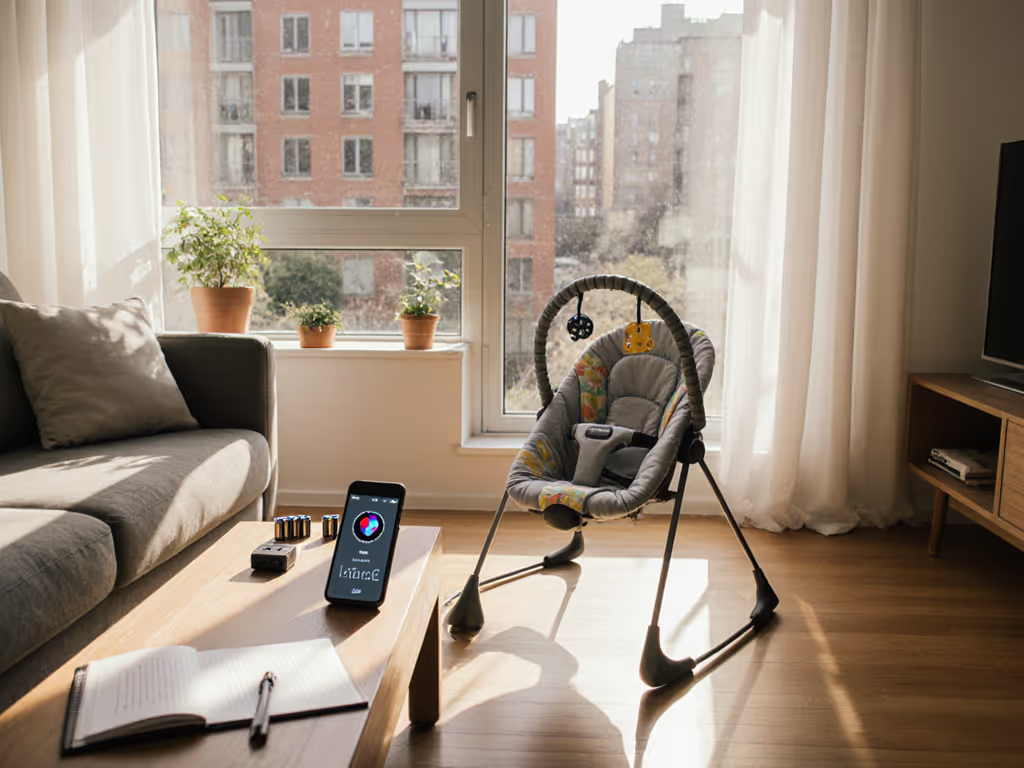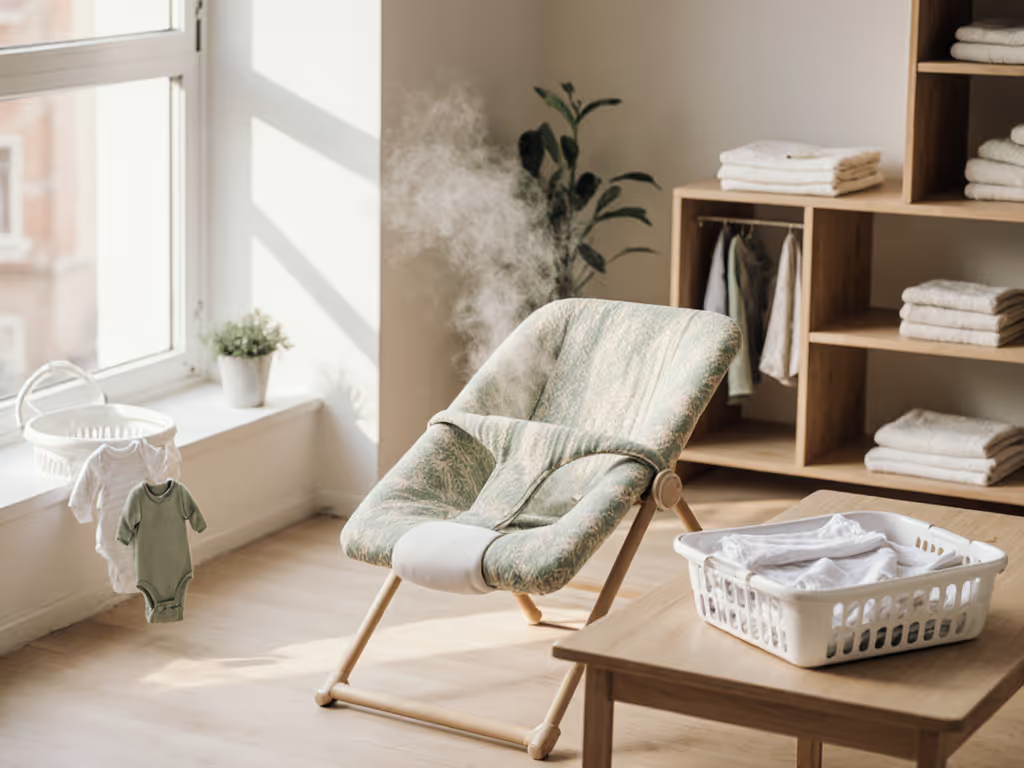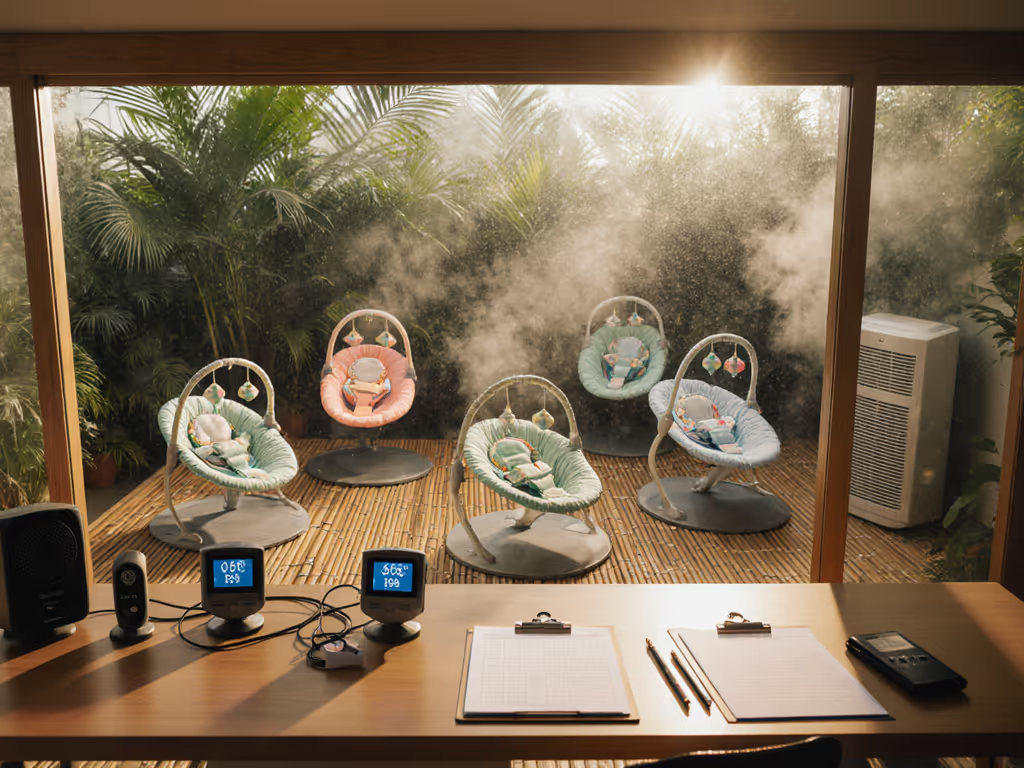
Newborn to Toddler Bouncer: Convertible vs Standard
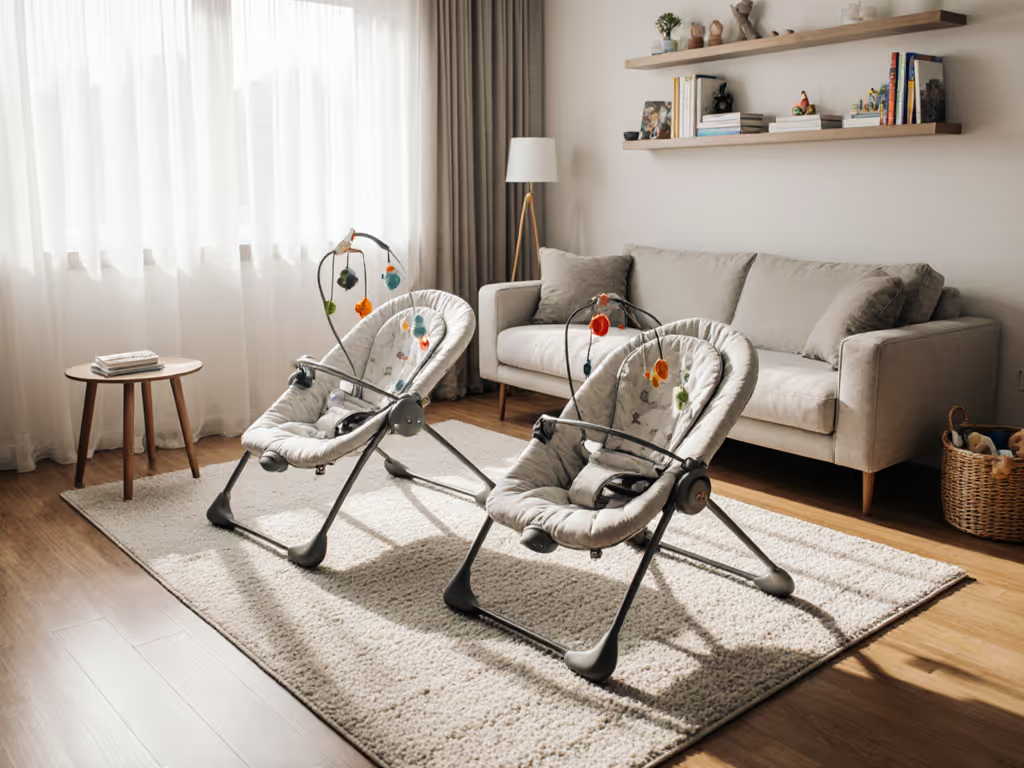
When your apartment feels crowded with just two people, adding a tiny human (and their gear) can make your space feel like a Tetris game gone wrong. That is why choosing the right infant bouncer rocker matters so much. It should not dominate your living room or become a permanent fixture in your storage closet. As a parent who has navigated colicky nights in a 700-square-foot apartment, I have learned that the right bouncer is not just about soothing baby, it is about preserving your sanity and your space. Two-song windows beat twenty-feature remotes, every single time.
If you are weighing a basic bouncer against a convertible model that claims to grow with your baby, you are not alone. Let’s break down what really matters when you are living with limited square footage and maximum exhaustion.
Why Your Space Dictates Your Bouncer Choice
Before we compare convertible vs standard bouncer options, let’s acknowledge reality: your space constraints change everything. That dreamy bouncer with all the bells and whistles will not feel so dreamy when it is taking up precious floor space in your already cramped living area.
The Small-Space Reality Check
In my tiny-home testing (read: actual life with two kids in a Brooklyn walk-up), I have learned that:
- Every square inch counts: A bouncer that stows flat behind a door wins over one that needs dedicated storage space
- Noise travels: In close quarters, even a quiet motor hum becomes distracting during WFH calls or partner sleep hours
- Cleaning must be effortless: With limited drying space, quick-wash fabrics are non-negotiable
- Visual calm matters: Bright colors and dangling toys add sensory load to an already cramped environment
When you are living small, calm over clever is not just a nice phrase, it is a survival strategy.
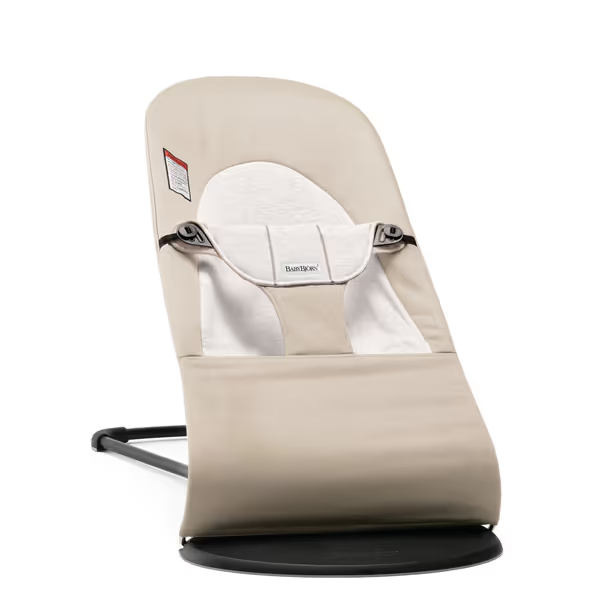
BabyBjörn Bouncer Balance Soft
Step 1: Define Your "Good Enough" Criteria
Before diving into the convertible vs standard debate, let’s establish what makes a bouncer actually work for your reality, not Pinterest or Instagram.
The Must-Have Checklist
As someone who has washed more bouncer covers than I care to count, here is what truly matters:
- Footprint under 2 square feet: Measure your space before buying
- Fully removable, machine-washable cover: No spot-cleaning struggles at 2 AM
- Zero audible motor: If it requires batteries, skip it (your thin walls will thank you)
- Natural rocking motion: Powered by baby’s movement, not electricity
- Stable base that will not tip: Especially crucial with curious toddlers later
- Neutral, adult-friendly aesthetic: Something that blends rather than screams "baby gear"
Forget the flashy extras. Focus on what supports your daily reality: brief hands-free moments while keeping your home feeling like yours.
Step 2: Convertible vs Standard Bouncer Examined
Let’s break down the practical differences between these two approaches, without the marketing fluff.
Standard Infant Bouncer Rocker
What it is: A simple, lightweight bouncer designed for newborns through about 6 months.
Pros for small spaces:
- Ultra-compact (often folds flat)
- Zero noise (pure manual operation)
- Minimal visual impact
- Typically more affordable upfront
Cons to consider:
- Shorter lifespan (baby outgrows it quickly)
- Limited adjustability as baby grows
- May require additional seating solutions later
All-in-One Bouncer (Convertible Model)
What it is: A bouncer that transforms into a toddler chair or has multiple growth stages.
Pros for small spaces:
- One purchase covers multiple developmental stages
- Often has better weight distribution for stability
- Higher resale value if you need to clear space later
- More thoughtful ergonomics for longer use
Cons to consider:
- Slightly larger footprint
- Higher initial investment
- Potential for more complex cleaning if conversion mechanisms create crevices
The key question is not which is "better" overall, it is which better serves your space constraints and parenting rhythm right now.
Step 3: Test Drive the Decision Criteria
Let’s apply real-world testing to both options. I have evaluated these through the lens of actual small-home living, where every decision has spatial consequences.
Space Efficiency Test
Standard bouncer: Wins for pure compactness. A top-tier model, for example, folds completely flat (around 5 inches thick) and weighs about 5 pounds, light enough to move one-handed between rooms.
Convertible model: Often slightly larger but offers more longevity. Look for models that fold into a compact package when not in use. If it does not fold completely flat, reconsider (your closet space is too valuable).
"In a 600-square-foot apartment, I have learned that one piece of gear that serves multiple purposes is worth its weight in gold."
Noise Sensitivity Test
Standard bouncer: Naturally silent operation, baby’s movements create gentle rocking without any motors or electronics. Perfect for thin-walled apartments where every sound travels.
Convertible model: Some have motorized options, but choose ones that offer a manual mode. The best convertible bouncers let baby power the motion themselves (no batteries required).
Cleaning Practicality Test
Standard bouncer: Typically simpler design means fewer crevices for spit-up to hide in. Look for models where the entire fabric seat removes in one piece for machine washing.
Convertible model: Check conversion mechanisms (do they create hard-to-clean areas)? The best designs pass this test with a single fabric piece that removes in seconds.
Longevity Test
Standard bouncer: Usually supports babies up to 20-25 pounds. Great for the newborn stage but may need replacing around 6-8 months.
Growing with baby bouncer: Extends usability to 29+ pounds or converts to a toddler chair. This is where the "all-in-one bouncer" concept shines, especially if you are space-constrained and cannot store multiple seating options. For model recommendations that truly grow with your child, see our best extended-use bouncer picks.
Step 4: Integrate Into Your Small-Home Routine
The right bouncer is not just about the product, it is about how it fits into your existing flow. Here is how to make it work in your tiny space:
Placement Strategy
- Doorway sweet spot: Position in a doorway where baby gets interaction but does not take over your main living area
- Kitchen companion: Near counter height for safe placement while you prep meals
- Bedroom buffer: Across the room (not right next to bed) for those early morning wake-ups
Micro-Routine Integration
Create your own "two-song window" ritual:
- Place bouncer in your chosen spot (15 seconds)
- Dim overhead lights, add soft music if helpful (10 seconds)
- Set timer for two songs (6-7 minutes)
- Use that time for your own essential task
This is not about getting baby to sleep, it is about creating predictable, repeatable moments of respite for you. The neutral, low-stimulus environment supports baby’s regulation without overwhelming their developing nervous system.
Choosing Your Path Forward
After years of testing bouncers in cramped quarters, I have learned that the "best" option is not universal, it is the one that fits your specific constraints.
If Your Space is Extremely Limited:
Choose a standard infant bouncer rocker that folds completely flat. Look for:
- Under 18 inches in any dimension when folded
- Machine-washable cover that removes in one motion
- Natural rocking motion (no batteries)
- Neutral color that blends with your decor
If You Want Long-Term Value:
Choose an all-in-one bouncer that genuinely grows with baby. Verify:
- It converts without additional purchases
- The converted toddler chair is actually usable (not just a marketing gimmick)
- The footprint remains reasonable at all stages
- Parts are replaceable (especially fabric seats)
Actionable Next Step: The Space Test
Do not buy based on specs alone. Before purchasing either option:
- Measure your space: Tape out the bouncer’s footprint on your floor
- Test the wash cycle: Check if the fabric cover removes easily and fits in your machine
- Simulate the motion: Gently bounce in a similar chair to ensure the movement feels natural
- Consider resale value: Check local buy/sell groups to see if the model holds value
Your "perfect" bouncer is not the one with the most features, it is the one that disappears into your life until you need it, then supports both of you without fuss. When you find that balance, you have created space for what really matters: those quiet moments of connection between the chaos.
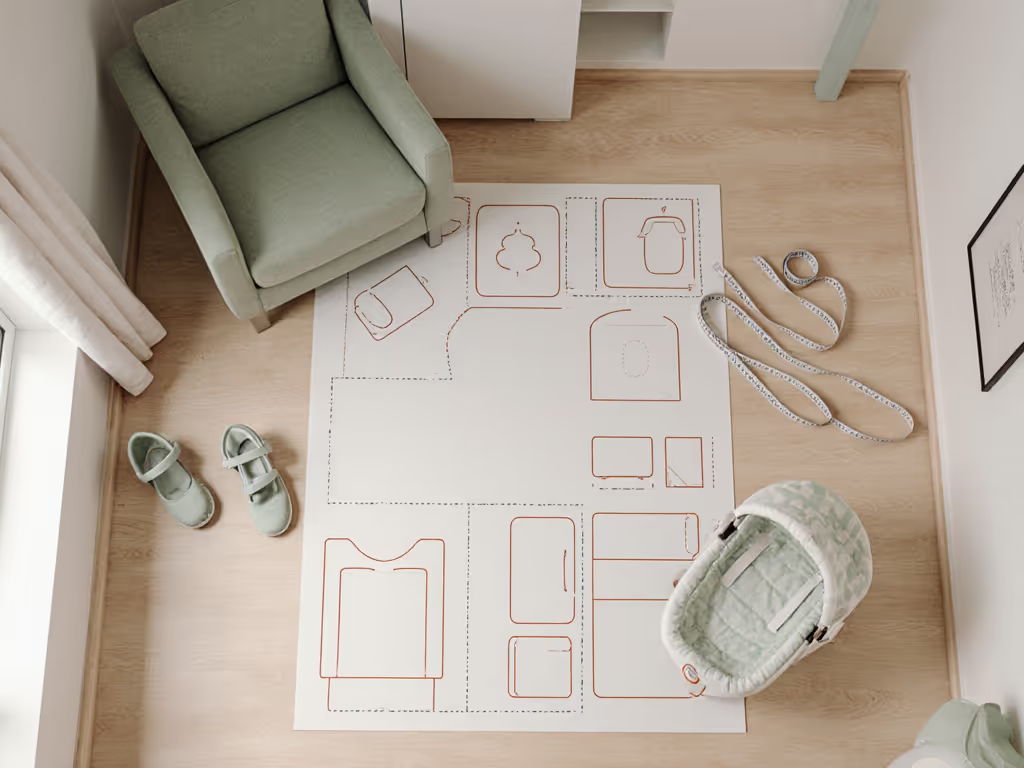
Calm is not found, it is designed with repeatable steps and low-stimulus tools. Choose the bouncer that helps you build those moments, one gentle bounce at a time.

